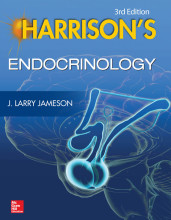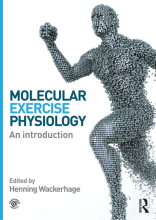Summary: Natural Innate And Adaptive Immunity To Cancer
- This + 400k other summaries
- A unique study and practice tool
- Never study anything twice again
- Get the grades you hope for
- 100% sure, 100% understanding
Read the summary and the most important questions on Natural Innate and Adaptive Immunity to Cancer
-
1 Introduction
-
What are the 5 mechanisms of intrinsic tumor suppression?
- senescence by p53
- apoptosis through mitochondrial caspase activation
- apoptosis through ligation of tumor necrosis factor receptors
- necrosis
- autophagy
-
Which three extrinsic suppression mechanisms by the tumor have been identified?
- dependency on thropic signals in the microenvironment
- dysregulation of cell cycle progression
- limitation of transformation of tumor growth by effector leukocytes
-
What are the three primary roles of the immune system in the prevention of tumors?
- elimination or suppressing viral infections
- prompt inititation of inflammation
- cancer surveillance
-
2 A Modern history of cancer immunosurveillance and cancer immunoediting
This is a preview. There are 1 more flashcards available for chapter 2
Show more cards here -
The immune system was thought to be just host-protective. Which findings changed that view?
Tumors formed in the absence of an intact immune system (nude mice) were MORE immunogenic than tumors formed in immunocompetent systems. -
How can the current view on immunoediting describe the cancer incidence in older adults?
In older adults the immune system will become less active, enabling tumor cells in the 'equilibrium' state to progress to the 'escape' state. -
3 The elimination phase: cancer immunosurveillance
-
3.2 Carcinogen-induced tumors in immunodeficient mice
This is a preview. There are 1 more flashcards available for chapter 3.2
Show more cards here -
Which types of innate immune cells are involved in battleling carcinogen-induced tumors?
- NK cells
- eosinophils
-
How do IFNs contribute to antitumor effects?
IFN-g can directly affect tumor cells by enhancing MHC-I class expression
IFN-g promotes immune cell activity
IFN-a/b only affects the host hematopoietic system, so they are distinct from IFN-g -
6 Cancer immunoediting in humans
-
6.7 Summary of human cancer immunoediting
-
What is the main conclusion of this summary?
There is clinical evidence for cancer immunoediting in humans. -
What makes the research into human cancer treatment so difficult?
Humans are genetically and, consequently, immunologically diverse. This means you cannot treat everybody the same. -
7 Cancer-related inflammation and cancer imunoediting: interdependent processes
This is a preview. There are 2 more flashcards available for chapter 7
Show more cards here -
What can be learned from tumor-promoting inflammation and immunoediting?
They are overlapping mechanisms that co-exist within the same tumor model.
- Higher grades + faster learning
- Never study anything twice
- 100% sure, 100% understanding
































